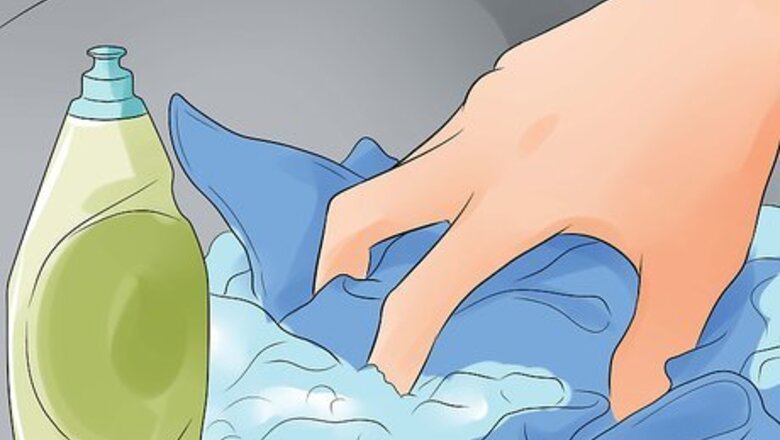
views
Removing the Stain
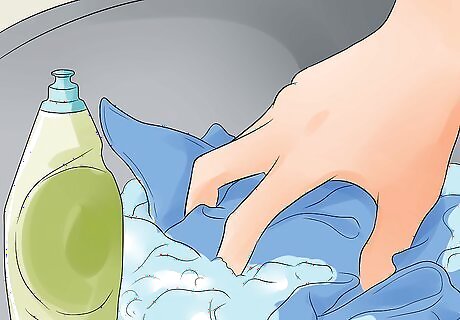
Remove the grease. The first thing you want to do is to remove the grease, so that you can reach the stain underneath. There are a number of ways to do this and which you choose should be based on preference and what is available to you. Try: Soaking the shirt in dish detergent. Cover the collar stain in regular liquid dish soap, like Dawn. Let it soak for an hour (or more) and then rinse it out. The shirt will probably need to be wet first, to really help the soap soak in. Using Fast Orange or similar degreasers. Use products like Fast Orange, which are designed to cut through kitchen grease. Spray them on, allow them to soak for 5 minutes, and then rinse them away. Be careful of very harsh products though, as these can irritate the skin. Using shampoo for greasy hair. Using shampoo designed for greasy hair in a similar process as described above for Dawn can yield surprising results. Adding to the grease. If none of the other methods work, some people swear by adding more grease to the shirt collar. In theory, the new fat molecules bond to the old ones and help drawn them out. Use products like lanolin hand cleaners, which can be found at drug stores or car shops.
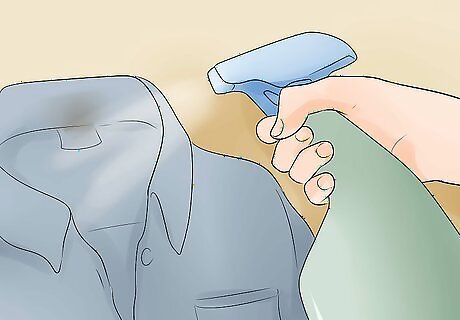
Use a stain remover. After you've gotten the grease out, you should be left with the actual stain. It should be much easier to remove with the grease gone. Again, there are a few different approaches. Use Shout. This is a common, basic, stain removal product available at many stores. Spray it on, let it set, and wash the shirt as normal. Use Oxyclean. This is another common cleaning product. If you don't have Oxyclean, you can make your own: it's basically just baking soda and hydrogen peroxide mixed together. Oxyclean will need to be placed on the stain and may need to be worked around to get the lifting effect. Just rub the shirt against itself.
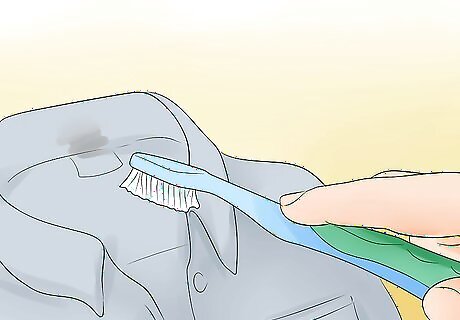
Agitate the stain. Though it certainly shouldn't be your first option, you will likely get better results if you agitate the stain. Use an old toothbrush to gently scrub at the stain while it is covered in the degreaser or stain-remover. As long as you don't do this too often (rely on preventative measures), your shirt should be fine and remain unharmed.
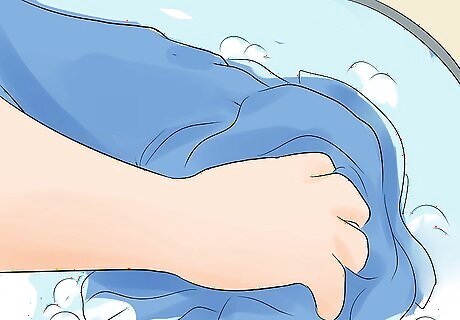
Wash the shirt. After you've used the degreaser and stain-remover, you can wash the shirt as normal. Do not dry the shirt, however, until you've done as much as you can to remove the stain. A dryer is a great way to set-in stains.
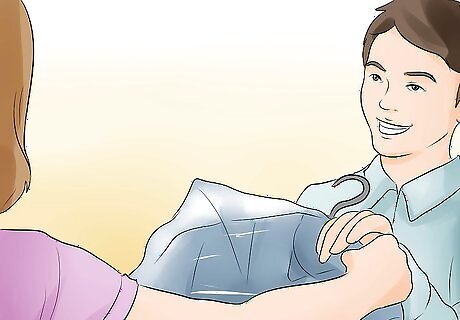
Take it to a professional. If you're not having any luck, try taking the shirt to a professional dry cleaner. They may have better ways of removing the stain, and a single shirt rarely costs very much money at all.
Preventing Future Problems
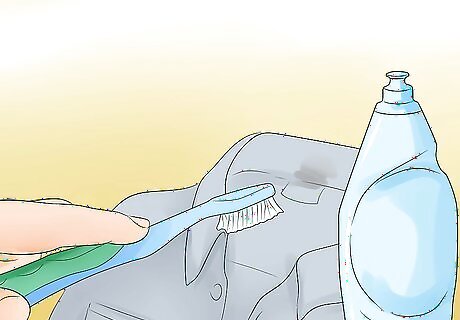
Don't let the stain set. If you want to make the stain easier to remove in the future, do what you can to make sure it doesn't set. As soon as you notice a stain forming, treat it. Don't put the shirt in a dryer if you notice the stain hasn't been removed as much as possible. In general, do whatever you can to treat the stains before they become too dark.

Change your hygiene routine. The collar stain is the result of grease and sweat mixing together in a bad way, so one way to prevent the stains from forming is to make some adjustments to your hygiene routine. Shower more often, use roll-on antiperspirant on your neck, or use baby powder on your neck to help absorb the grease and sweat.
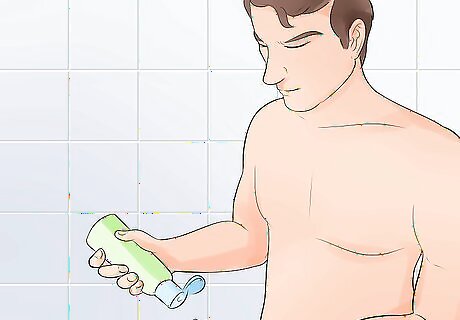
Switch shampoos. Some shampoos may mix badly with your unique body chemistry. If nothing you do seems to help prevent the stains, try switching to a different brand and style of shampoo.

Use white shirts. Lean towards using white shirts, instead of colored shirts. The stains may be more noticeable more quickly, but they're easier to treat. As long as you have a white shirt, all you have to worry about removing is some of the grease. After that, bleach can be used to remove the rest, as well as the stain.
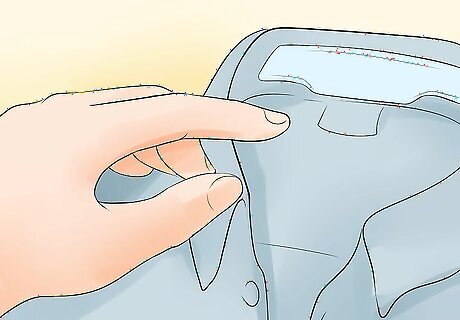
Make sweat strips. It is possible to purchase sweat strips, which are stickers that go on your collar to help prevent stains. You can make your own too, if you're crafty or know someone who is. Add a snap-in, button-in, or Velcro strip to the collars of the worst offenders. These can be removed and washed as needed.

















Comments
0 comment